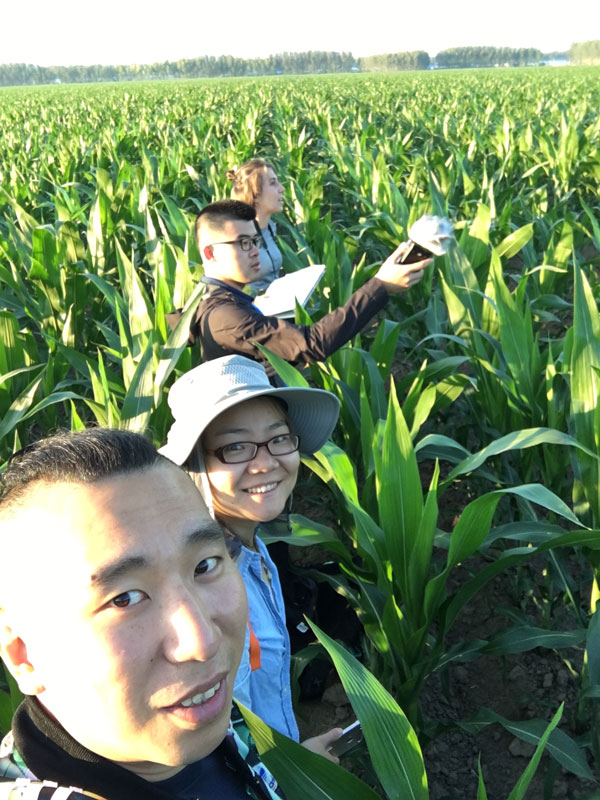In 2016, with the support of a sister project funded by the National Science Foundation under the Coupled Natural Human (CNH) program, fieldwork was conducted in Heilongjiang Province, China, and in the Brazilian states of Goiás and Tocantins. The teams conducted structured and semi-structured questionnaires with farmers and other stakeholders. The sampling strategy and the questionnaires were tailored to the differing contexts, including differences in farm size, political regimes, culture and agricultural standards. In Heilongjiang, a major soybean producing region in China, a soybean farmer has on average about 1 hectare in planted area. In Brazil, the average found during fieldwork in Tocantins and Goiás was approximately 3,700 hectares per farmer. In China, soybean areas are organized in rural neighborhoods, where farmers live in villages within the agricultural landscape. By contrast, while some Brazilian farmers may live on the farm, many others reside in urban areas. Thus, tracking farmers for data collection in Brazil is much more difficult, as researchers need to travel long distances, in some cases, only to visit one or two farmers.

